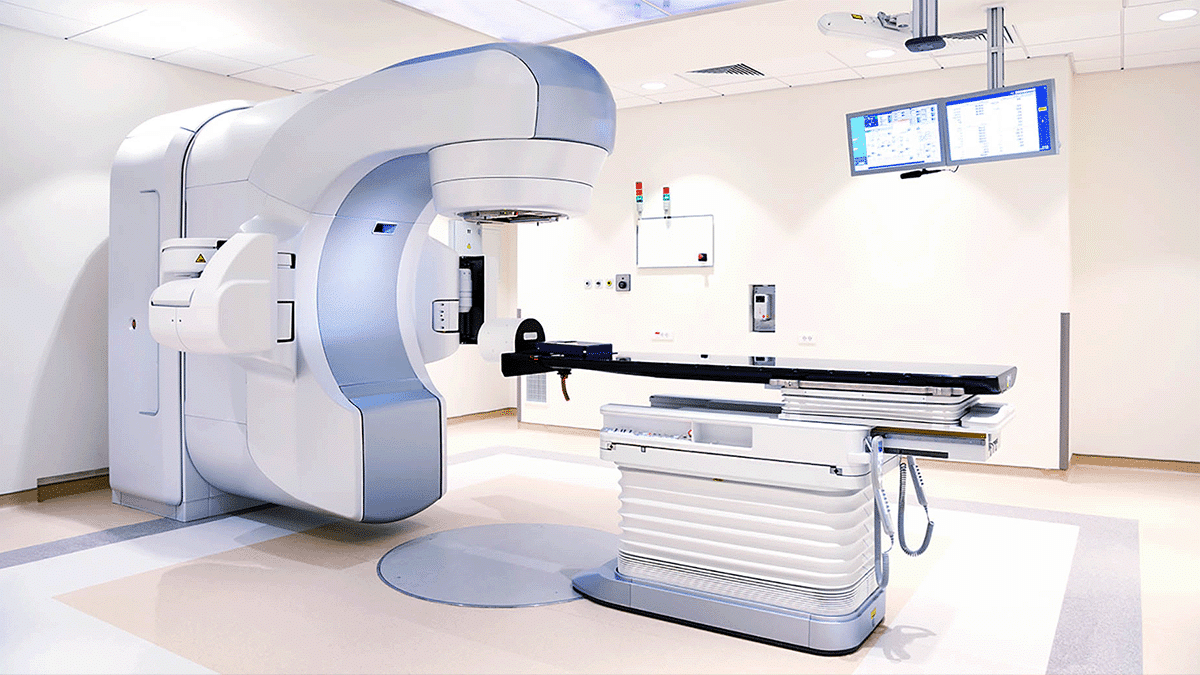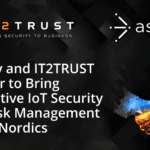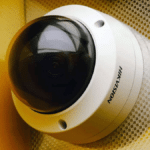Accurate Utilization Data Improves Hospital Revenue, Capital Planning and the Patient Experience

Hospitals strive to achieve two goals: maximize patient outcomes and perform care as efficiently as possible. Optimized utilization of connected medical devices, or the Internet of Medical Things (IoMT), empowers hospitals with better patient outcomes. This is true because of the data-sharing capabilities of connected equipment within the hospital, like CT scanners, MRIs, and infusion pumps.
Connected medical equipment needs to be used at a high level for the greatest efficiency. Unfortunately, this isn’t always the case in hospitals. Devices may get misplaced in the building, or hidden outside of centralized rooms, resulting in underutilization. This could lead to cost overruns and unneeded inventory of expensive equipment. Medical professionals are likely to order extra equipment to ensure it’s on hand when they need it if it’s not easy to locate. Further, health technology management (HTM) teams struggle to keep equipment maintained if it can’t easily be tracked and found.
Hospitals need to centrally track and manage their connected medical device inventory to limit the waste of underutilization. Part of creating and maintaining this inventory requires using a solution dedicated to device discovery and continuous tracking. First, however, it’s important to understand the scale of the problem.
Underutilized Medical Devices Cost Staff Time, Hospital Money
Underutilization of medical equipment, including connected medical devices, is a financial issue within many hospitals. It’s difficult to track where equipment is physically located in the hospital, especially mobile high-use devices like infusion pumps, much less how often these systems are used.
In fact, 32% of nurses in a recent study said they often spend over 20 minutes per shift solely searching for necessary mobile medical devices and frequently lack confidence that they will receive them when required. In that same study, a quarter of respondents felt ill-equipped with the correct supplies and resources when needed for patient care.
One way that nurses ensure they have what they need is by retaining equipment outside of central inventory rooms. This unauthorized retention of medical equipment is widespread and commonly causes interdepartmental friction. It also undermines a hospital’s capability to locate devices for preventative maintenance and recalls, potentially creating patient safety, compliance, and legal risks. HTM technicians routinely expend disproportionate effort exploring a hospital’s obscure areas to find essential devices.
Two out of five pieces of medical equipment are underutilized, according to a Wollega University study of utilization statistics. Underutilized equipment is influenced by its availability, failure rates, availability of trained staff to operate the equipment, and maintenance, including repairs. With 20% of medical devices underutilized, hospitals risk expending budgets unnecessarily and limiting their overall effectiveness.
The average hospital purchases or rents 20% to 30% more medical devices than they need, to cover the devices that are hidden. Additionally, hospitals write off hundreds of assets each year because they cannot find them. This compounds the issue of nurses wasting valuable time trying to locate critical medical equipment to provide patient care and HTMs wasting time finding equipment for maintenance. Some estimates found that between 10% to 20% of hospital assets are lost or stolen each year at an average cost of $3,000 per item.
These costs are significant, especially for smaller hospitals. Tools like real-time location sharing (RTLS) can help with locating assets within the facility, which solves the problem of finding devices, but that does nothing to understand how much each device is used. Hospitals need a different, more comprehensive solution to the problem
RTLS is Not Enough: Hospitals Need Accurate Usage-Based IoT Device Information
RTLS and other location systems solve the problem of finding missing equipment within the hospital. They do not, however, generate any sort of actual device usage, optimal resource allocation, or the data necessary for capital planning initiatives.
Accurate usage-based data, when analyzed comprehensively, provides valuable intelligence that can support operational and strategic decision-making regarding clinical workflows and asset management, including management of cyber risks. Hospitals need to collect this data along with tracking the location of their medical equipment to ensure that they’re making the most of their investments.
If health technology management teams find that they have 1,500 infusion pumps throughout a 2,000-bed facility, but only 70% of those pumps are regularly used, then they could reallocate resources to ensure usage of the underutilized pumps. If this data instead shows 100% utilization of all infusion pumps, then the decision could be made to purchase more such devices.
A comprehensive solution that tracks both device location and device usage means that HTM teams and senior leaders can make more informed decisions about purchasing new equipment in addition to optimizing maintenance schedules. Maintenance can be planned for device downtimes and scheduled more efficiently on higher-usage connected equipment.
How Asimily Helps Hospitals Improve Device Utilization and Capital Planning
The Asimily IoMT Risk Management platform offers granular insight into utilization metrics as well as device location (when configured with a hospital’s preferred RTLS solution).. The usage data in the platform empowers hospitals to strategically plan their operations through enhanced visibility into device utilization, enabling them to optimize quality of care and respond to shifting demand.
The real-time transparency built into the Asimily platform provides actionable analytics that facilities can use to maximize the value of their existing investment in medical equipment. This reduces capital outlays and can limit wasteful spending. By pairing utilization tracking with predictive maintenance scheduling, Asimily customers reduce operational costs and minimize disruptions to patient care services.
Medical imaging devices like MRI, CT, and X-ray machines especially are significant capital investments. Ensuring proper utilization of these systems is vital to maximize spend on these systems. With Asimily’s real-time device network monitoring, facilities can better understand equipment usage trends and use that information to improve operational efficiency. Asimily’s capabilities empower customers to:
- Identify underutilized devices to increase utilization by 25% or more through optimized scheduling
- Track study and image counts to inform maintenance/replacement planning, potentially extending equipment lifespan
- Reduce re-setup times using metrics on examined body parts (e.g. head vs. feet for imaging)
- Compare utilization across facilities to pinpoint and remedy inefficient use of under-leveraged devices
- Understand usage patterns and physician ordering habits to refine hours of operation and scheduling
Further, high-volume fleet medical devices like infusion pumps, patient monitoring systems, and ECG machines present their own unique challenges. Consistent high usage patterns in these areas can help inform decisions around purchasing or renting additional devices. Asimily’s usage-based tracking data can ensure customers have the right information at the right time to make these decisions leading to cost savings and cost avoidance opportunities.
Equipment utilization data can support the identification of efficient maintenance windows without obstructing clinical workflows. Data-driven insights into actual machine usage could facilitate more optimized servicing that’s aligned with operational realities. Resources may be focused on needs demonstrated by empirical metrics for maximized uptime at lower cost.
By monitoring usage throughout the day or through a specific time period, HTM personnel can see when devices have low utilization, enabling hospitals to perform maintenance when least disruptive. This ensures an evidence-based approach to developing a maintenance strategy where there is minimal disruption to patient care delivery.
HTM teams acting as a cost center need a more efficient and meaningful solution to become a more strategic partner to finance and clinical teams. The way to do that is with effective device utilization information to manage operational, financial, and cyber risks, which cannot be achieved with traditional security or location tracking systems. A solution like Asimily that tracks device location on the network and utilization – both passively without impacting functionality or clinical workflow is much needed. Asimily empowers HTM teams and their hospital operations to make better capital spending decisions, better cost savings and avoidance opportunities, craft evidence-based preventative maintenance schedules and ultimately deliver the most efficient patient care at the lowest possible cost.
Want to learn more about Asimily? Download our IoT Device Security in 2024: The High Cost of Doing Nothing whitepaper or contact us today.

Secure Every IoT Device.
Automatically.
Cyber threats move fast — so should you. Asimily gives instant inventory and smart, prioritized risk mitigation insights for every IoT, OT, and IoMT device — so you can take action before threats strike.




